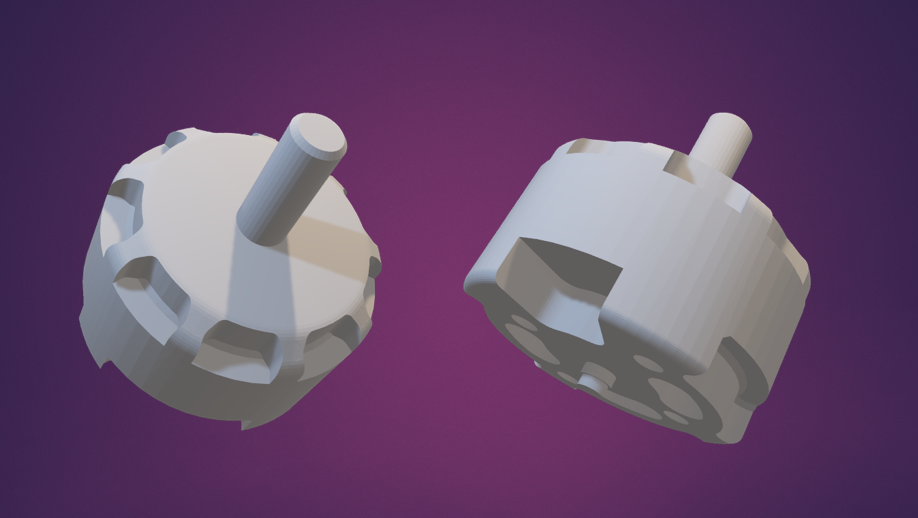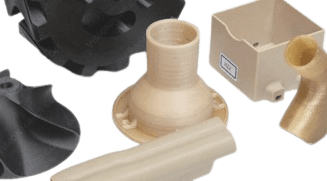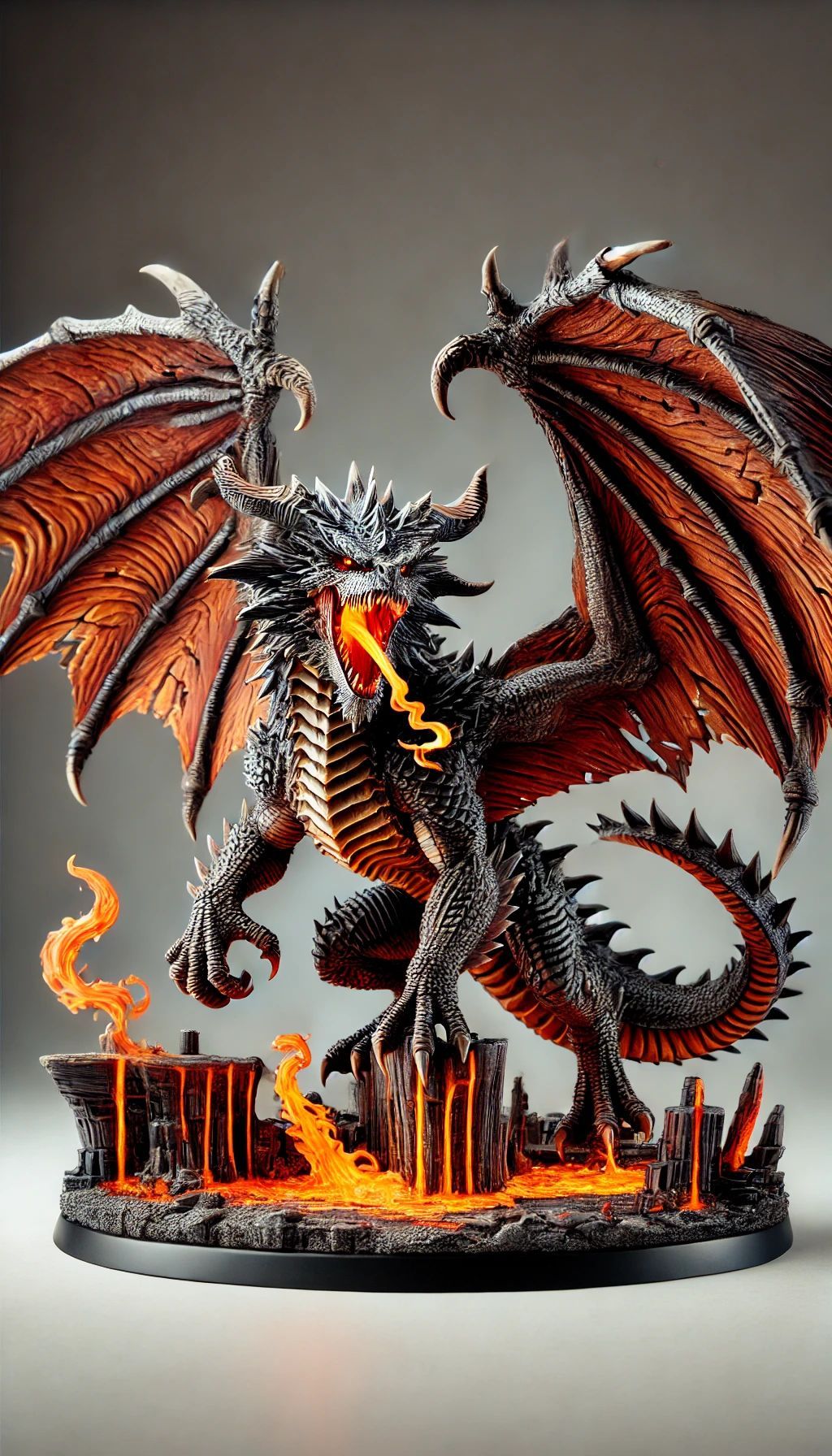RAPID PROTOTYPING & SMALL BATCH PRODUCTION
Rapid prototyping serves as an invaluable tool for businesses aiming to swiftly iterate and test their product designs, enabling them to refine concepts and identify improvements efficiently. For small batch production runs, 3D printing technologies (FDM) and (SLS) provide a cost-effective and agile solution, enabling companies to produce limited quantities of customized components or products without the need for expensive tooling or lengthy setup times
Fused Deposition Modeling
or FDM 3D Printing
FDM printers work by heating a thermoplastic filament to its melting point and then extruding it, layer by layer, to create a three dimensional object.
FDM printers are relatively inexpensive and easy to use, making them a popular choice for home and small-scale 3D printing

Stereolithography (SLA)
Stereolithography works by using a photopolymer resin that is cured by exposure to light.
The machine traces out the desired geometry layer by layer using a computer-controlled moving laser beam.
The beam is directed by mirrors that are positioned around the build platform.

CAD DESIGN & REVERSE ENGINEERING
When it comes to certain projects, a computer-aided design, or CAD, can be extremely beneficial. A main advantage to using CAD is the fact that it provides experts with greater accuracy. This is done by replacing manual drafting with electronic design software, such as SketchUp, Fusion 360, or AutoCAD Design Edition.
Urethane Casting Services
When it comes to mass production, there's no point in messin' around with sub-par processes. That's why the best businesses know that urethane casting is the way to go.
Urethane casting is a process that provides access to excellence in production. When you need to mass-produce parts, this is the best method to use for maximum speed and performance. With urethane casting, you'll get the highest quality products made quickly and efficiently.
Plus, urethane casting is perfect for businesses that need to produce large quantities of parts in a short amount of time. This process allows you to quickly and easily create hundreds or even thousands of parts without sacrificing quality or performance.
So if you're looking for a way to mass-produce parts quickly and efficiently, look no further than urethane casting. This process will provide you with the high-quality parts you need in the timeframe you need them
Urethane casting is a way to create prototypes or small batches of parts quickly and inexpensively. Mitchell & Son uses this method to produce a wide variety of parts for its customers.
The process begins with a silicone mold. This mold can be made from a 3D model or from a real object. Once the mold is created, it is filled with a urethane resin. This resin is then cured, or hardened, using ultraviolet light or heat.
The result is a urethane part that is strong and flexible. This makes urethane parts ideal for a wide range of applications, from medical devices to car parts.
Urethane casting is a fast and cost-effective way to create parts. It is also a versatile process that can be used to create parts of any size or shape.
3D printing technology has come a long way in recent years, and it shows no signs of slowing down. Additive manufacturing is now being used to create everything from prototypes to production-quality parts.
One of the most versatile and popular methods of additive manufacturing is urethane casting. Urethane casting combines traditional processes such as 3D printing and casting to create parts that are both strong and flexible.
Rapid prototyping is one of the most popular applications of urethane casting. Because changes can be made easily and cost-effectively, urethane casting is ideal for making prototypes for use as test templates and customer presentations.
Another popular application of urethane casting is the production of functional parts. Urethane castings are versatile and offer a wide range of options for the limited production process of functional parts, regardless of whether material flexibility or stiffness is required.
There are endless possibilities for what can be created with urethane casting. As the technology continues to evolve, so too will the ways in which it is used.
Urethane casting is a process that involves the use of hand-operated vacuum machines to draw liquid material into a mold. There's also a difference in the molds used. Whilst urethane uses silicone, injection molding usually uses metal. The materials used for the cast are also very different.
Urethane casting is a much more precise process than injection molding, and the molds used are also much more expensive. However, the end result is worth the extra effort and expense. Urethane casting produces parts that are stronger, more accurate, and have a smoother finish.
Injection molding is a faster process, but it produces parts that are weaker and have a rougher finish. The molds used for injection molding are also less expensive, but they don't last as long as the silicone molds used for urethane casting.
Urethane casting is the superior process, and it's the one that I always use for my projects. I hope that this article has inspired you to give urethane casting a try!

















